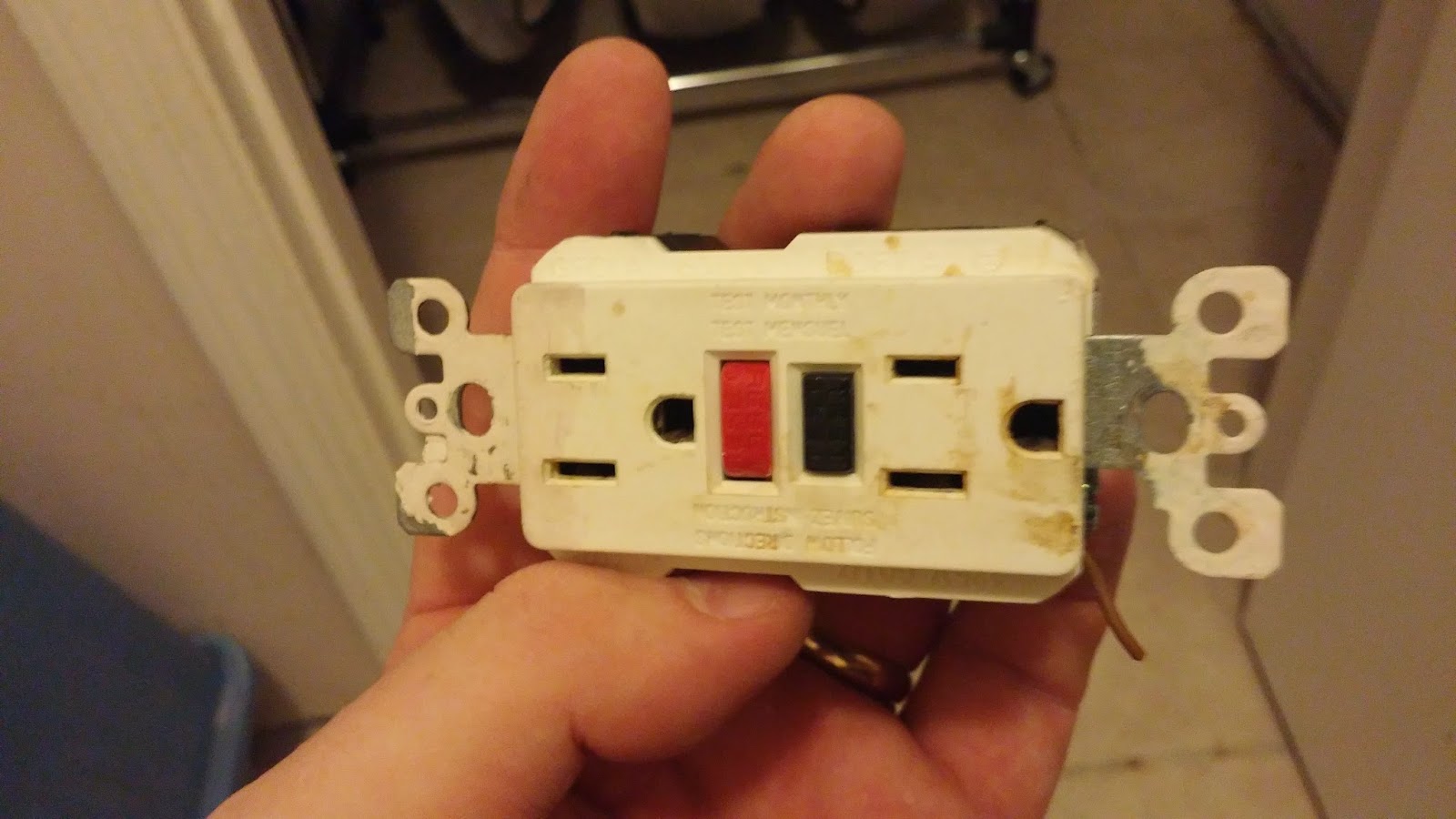I have a 2013 Dodge Journey. It's equipped with all bands from DC to light. It has FM, D-STAR,
APRS and HF as well as a few non ham facilities. The problem with the car is that the steel its made from is very thin. The roof for example, flexes with the stress of a VHF antenna. So you can imagine what happens with a tall HF antenna?
A common HF antenna mounting solution is to install a clamp style bracket onto the rear liftgate high up as near to the roof line as possible. This is not possible with my car as the rear liftgate is made of plastic. Plastic and antennas don't work together. One needs a rather large amount of metal underneath the HF antenna so as to act as the counterpoise.
Over the 18 months or so that I've had my vehicle I've tried various mounting methods the best of which was a rather large magnet affair that consumed quite a bit of the roof space. This in turn prevented me from using the roof for other purposes.
My friend Kathy, KT2F, has an expression; "Be a man! I'm a man". She is referring to her willingness to drill holes in her new car to mount antennas. She's not wrong. According to my friend Norman, G4WQS, "a good mechanical join makes a good electrical join". Drilling a hole into the metalwork of the car would create both strong mechanical and electrical connections but only where the metal is thick enough.
I needed to replace the brake light on the back of my car today. Removing the light cluster is a simple matter of removing 2 plastic buttons. That's when I saw it. I finally found a spot to mount the antenna. It's not the best place on the car but it has all the other boxes checked.
You can clearly see the grommet where the cable exits the car behind the light cluster. By dumb luck I had a bracket in the junque box that would fit between the light and the car. 4 holes and some rivets later the mount was installed and a SO239 type antenna connector was attached to the mount. The coax feeding the antenna will feed through the grommet into the car and then on to the back of the radio.
As you can see from the completed installation, it is quite tidy. Click the pictures to get a closer look.
The total job took a little over an hour and that included fishing the coax cable from behind the interior paneling in the back of the car. Tests while parked on the drive show a much improved tune time (I have a screwdriver type antenna) and a broader bandwidth. Indeed, I no longer have to keep retuning when on 40 meters (the lowest band the antenna will cover) whenever I go from one end of the band to the other. Band-to-band tuning is also faster. I can now jump from 40 meters to 10 meters without the auto tuning circuit in the radio timing out.
So now I can tell Kathy that I'm "a man".









